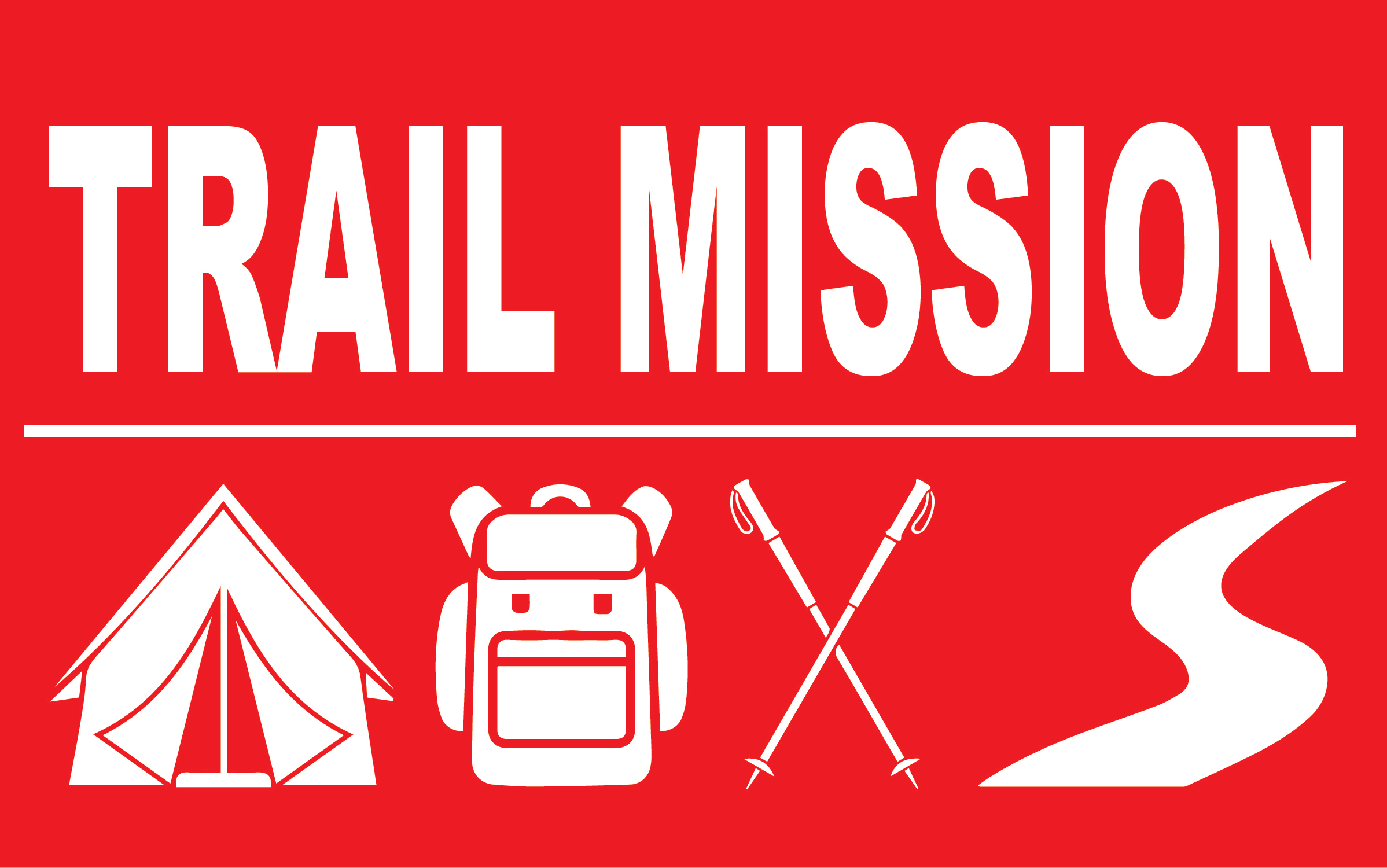Tents
Tents are all about preference and weight. Does this sound familiar? There are a few things to consider in determining how much extra weight you want for convenience.
- Do you want a 1 person or 2 person tent?
A two person tent has more room for gear. This is really nice on a rainy day if you decide to stay put for a while. You can move around more and keep things dry.
A one person tent is probably going to be lighter. It will have just enough room to lay down in and sometimes a couple extra feet for your bag. It wont be roomy though. - Do you need a vestibule?
A vestibule is an area in the front that adds extra coverage for gear or cooking but is not in the main tent area. You do not have a floor or netting in the vestibule area. It is really handy when it is windy or wet to cook your food in this area. It is also great to put your gear in there so you are not cramped in your tent. It does add a little weight, though minimal since it is just rain fly material. - Do you want a 3 or 4 season tent?
Three season tents are normally vented more than a four season. It will probably be lighter, and should not have as much of an issue with condensation. They are not as good in colder weather or on extremely windy days.
Four season tents will have less venting, weigh a little more, and will protect you from wind and cold a bit better. It may also have more condensation issues because of the limited ventilation. If you are going to be camping in the winter, you will want to have a four season or additional gear to make your three season suitable. - Single or double wall design?
Single walled tents are just that, one big piece. They can be lighter. They are not normally modular and may have issues with condensation making it into the floor of the tent.
Double walled tents have a tent area with a floor, then a fly that covers all of that. This design keeps the condensation on the outer wall and it runs off beyond the tent footprint so it doesn't make it into the tub. They can be modular. Some you can get a mesh inner for 3 season camping or a solid call inner for 4 season camping. Then you select what is best for your trip to take with you. This keeps cost down so you don't have to purchase two separate tents. They can be slightly heavier because of the extra material, but I like the trade off.
You will also want to consider the noise of the floor material, durability, and if you need to carry an extra footprint for it. I use a piece of Tyvek house wrap for mine.
My Tent
Here is the tent I am currently using. It came with a free pillow too. It is easy to set up. I'll write instructions below.
This is basically a 3F UL 1 person tent like the Lanshan. It is hard to find instructions to set it up, but it is not difficult once you know the basics.
- Stake out the four corners of the fly so it is a rectangle.
- Stake the rear corner. It should be five sided now.
- Put your trekking pole in the reinforced area of the top of the fly, near where the inner tent attaches to the fly.
- Open the pole up to 125cm and place the point in the grommet on the ground, if you have the inner tent already attached, or in the ground if you do not.
- If your inner tent is not attached, put it in now and connect all of the connection points. Put the trekking pole point in the grommet made for it now.
- Connect the inner tent bungees to the stakes at all 5 corners. Then pull the tag end to tighten them till the tent floor is tight enough.
- Stake out the guy lines and tighten them.
- Stake out the front guy line at the loop, then connect the doors to the clip. Tighten the line to hold them tight.
I will try to take pictures for reference when I get some time.
